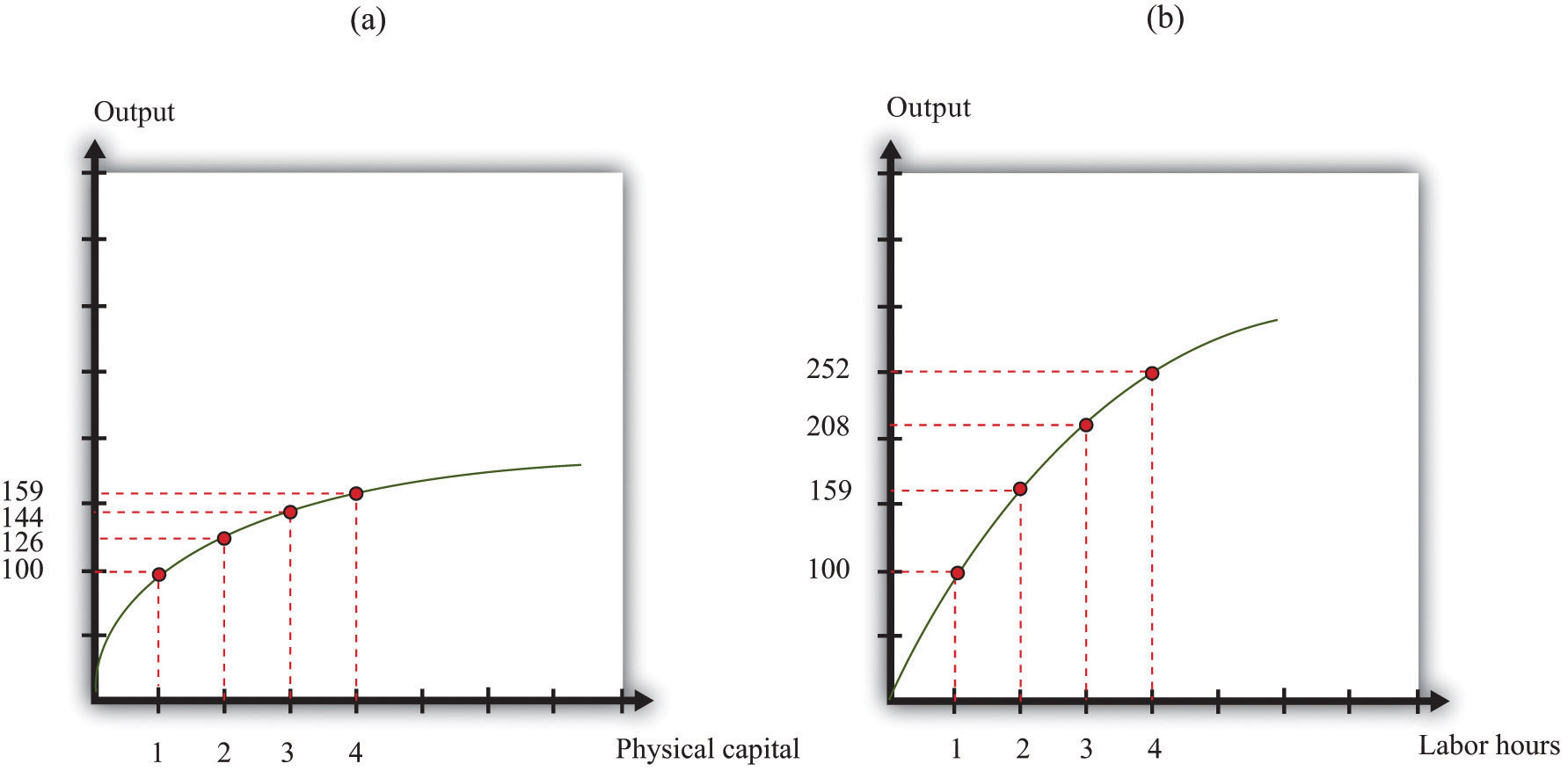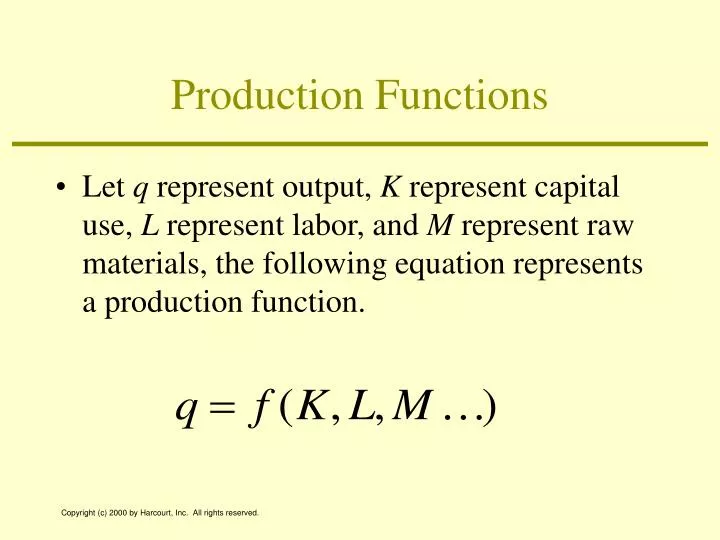

Marginal physical product (MPP) is the change in the level of output due to a change in the level of variable input restated, the MPP is the change in TPP for each unit of change in quantity of variable input. The economic concept of marginal physical product can help explain this point. In this example, the manager would not use more than 15 units because the 16th unit does not increase production, and using more than 16 units actually decreases production. Second, managers should not use so much variable input that the output actually declines. Increases at a decreasing rate, and at some point,.What can we learn by looking at the data or graph?įirst, as the level of variable input is increased, the level of output:

However to simplify illustrating the concept of diminishing marginal productivity, the examples often assume a collection or group of fixed inputs and one variable input. But there may be enough time to borrow more capital with which to buy more fertilizer, seed, pesticides, fuel. In a farm setting during a production season, there may not be enough time to acquire more land, buildings, equipment or labor. Any resource or input that cannot be altered during the production period would be considered part of the fixed inputs and inputs that can be varied would be considered variable inputs. Instead, it may be easier to think about fixed and variable inputs as a collection of resources. No business operates with one variable input and one fixed input.
#Production function series#
The idea that the production function is a series of enterprises is expanded on in subsequent sections. The production function could be described as a combination or series of enterprise analyses wherein each point on the production function represents a different enterprise that is, a different recipe or combination of fixed inputs and variable input. Production function- illustrates the relationship between the quantity of variable input and the level of output.Total physical product (TPP) - Quantity of output (Y) that is produced from a firm's fixed inputs and a specified level of variable inputs (X).The axes represent the number of physical units used (variable input or X) and the number of physical units produced (output or Y). A graph may improve our understanding of the concept ( graph 1).However, using 7 units of variable input during the production period would allow the business to produce 28 units of output. In this example, using 2 units of variable input will result in producing 3 units of output. This table does not identify the fixed inputs, but it indicates how the level of output changes if the manager changes the quantity of variable input used during the production period. A table of data can be used to present this relationship.The relationship between the level of variable input and level of output can be illustrated with a production function. Seldom do businesses use identical “recipes” to produce similar (substitutable) products.

For example, you use a different recipe and a different combination of ingredients than I do, but we both can produce a delicious chocolate cake. Each business uses a slightly different combination of inputs to produce similar outputs.


 0 kommentar(er)
0 kommentar(er)
